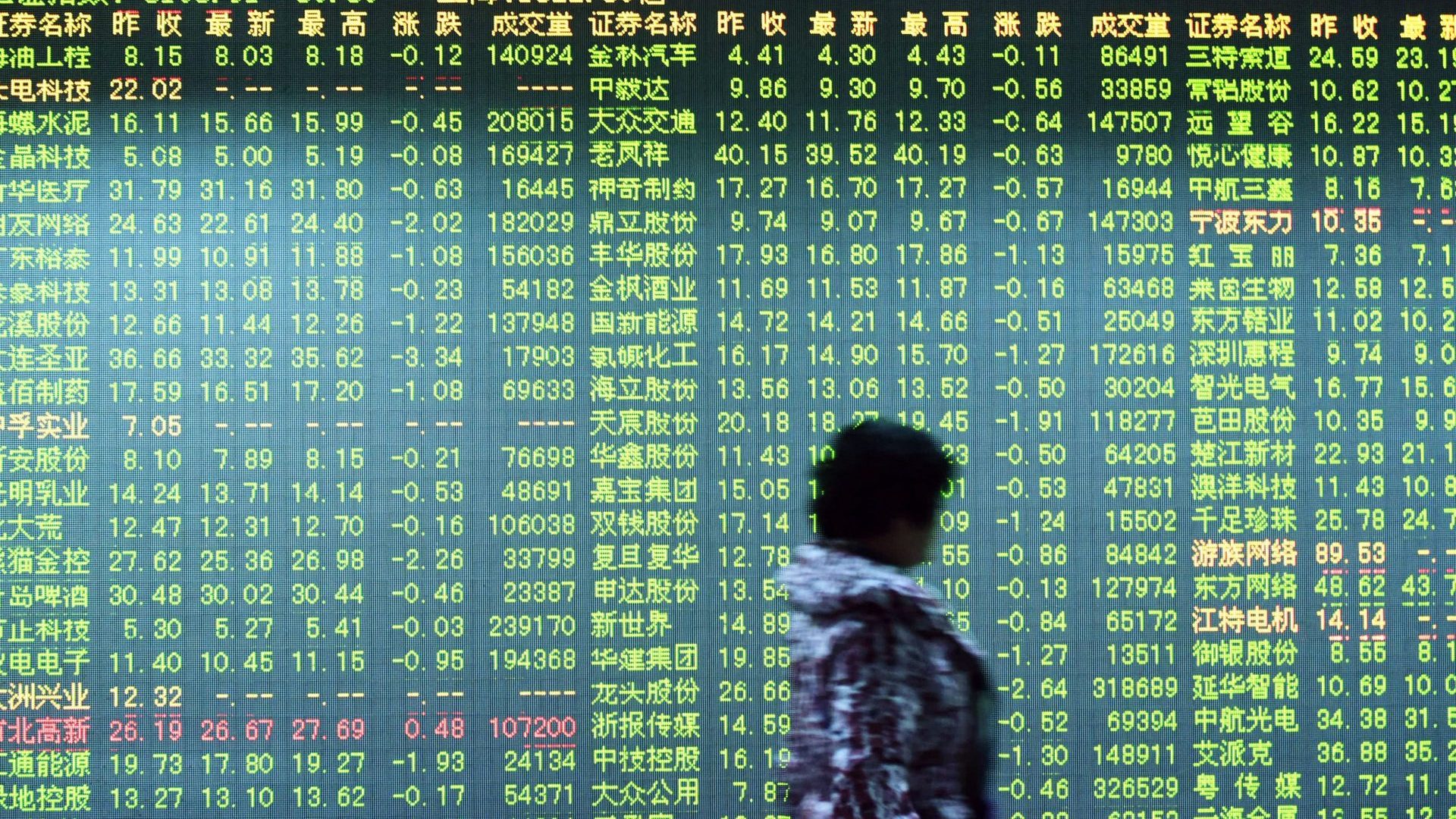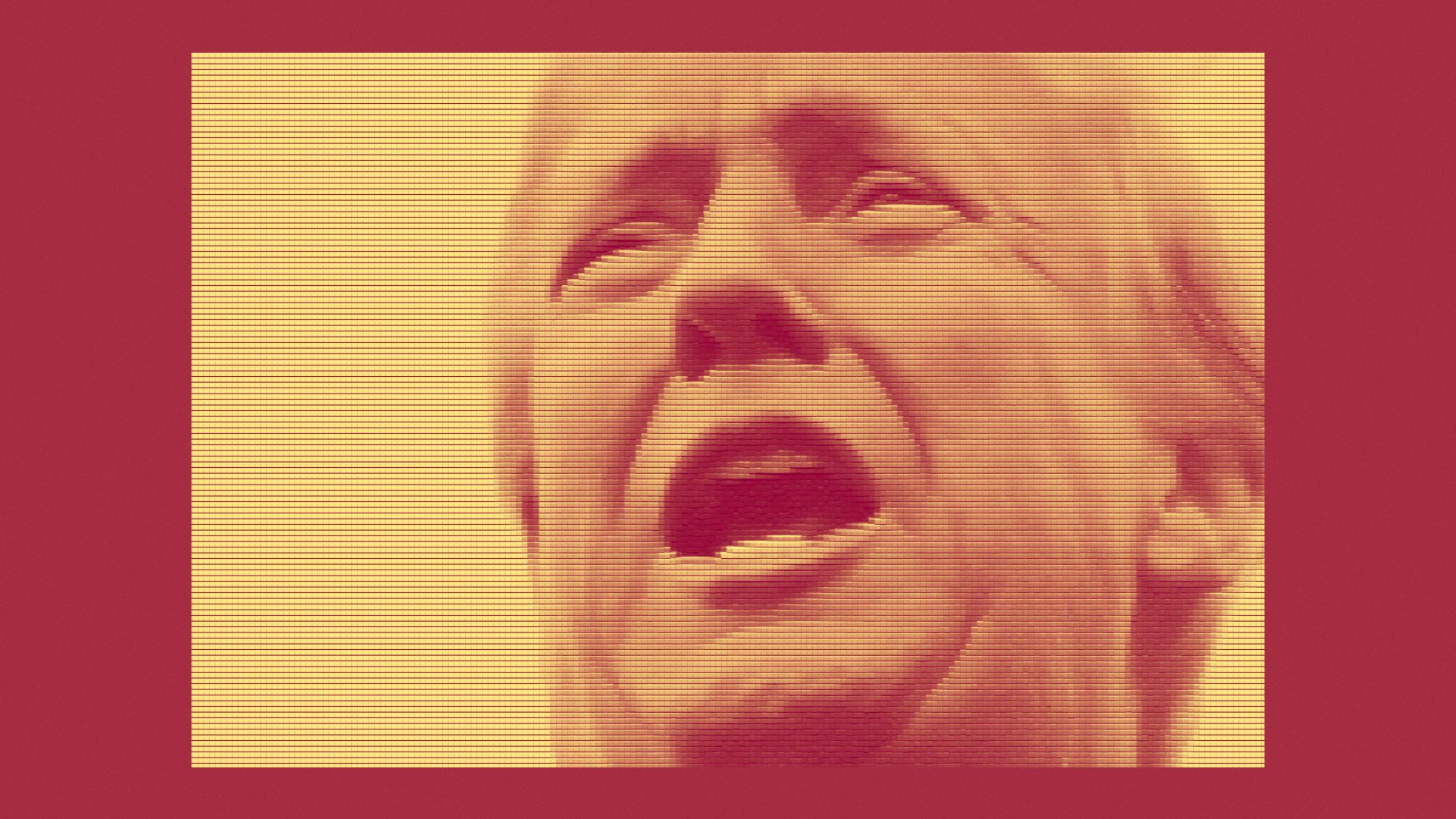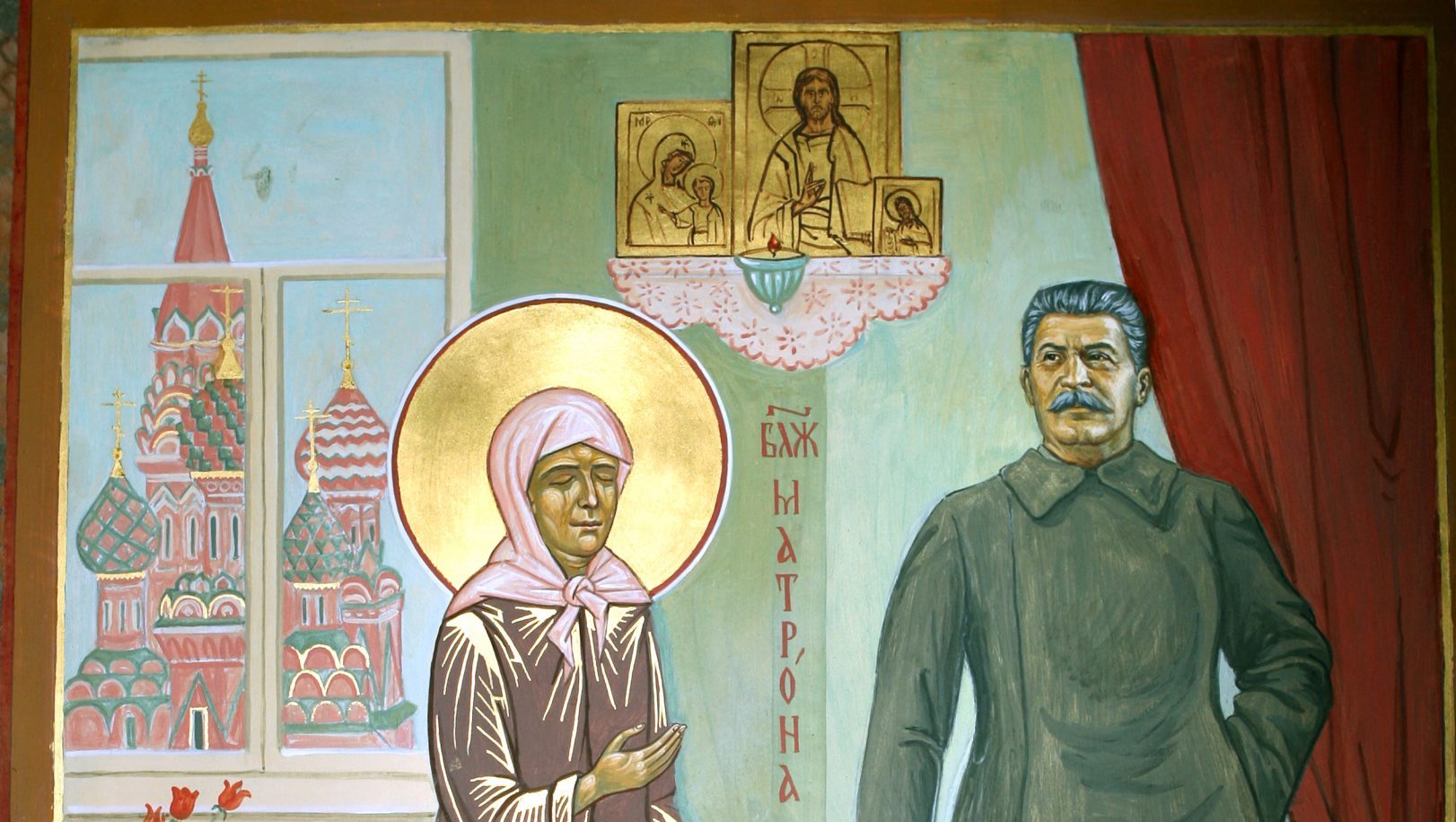The Chinese economic miracle has, if you will pardon the expression, hit a wall. Hammered by its own zero-Covid policy for two years, the economy has failed to surge since lockdown was lifted, and now almost every indicator on the dashboard is flashing danger.
The Shanghai stock market is down 22% over the past 12 months, and its Hong Kong counterpart down 30%. Youth unemployment figures, which were discontinued after they hit 21% last summer, are still pushing 14% even in their doctored form.
And though official growth is recorded at 5%, the slide in the value of the yuan means that, when calculated in dollar terms, China’s economy is shrinking. With prices falling for food, fuel and even cars, policymakers are haunted by fear of deflation. Meanwhile, the debt of the country’s local governments alone totals half its GDP.
Underpinning all this is a Communist Party hierarchy that does not know what to do. Or rather, it knows what it should do, but cannot bring itself to act.
Like all apparent economic miracles, from the dotcom boom to Wall Street in the roaring noughties, China’s success has been fuelled by debt. After 2008, the government allowed city governments to create up to 3,000 “finance vehicles”, which borrowed tens of trillions of yuan to fuel a real-estate boom. And as boom turned to bust, the whole pyramid scheme fell apart. Around 60% of these vehicles can’t pay the interest on their debts, and at least one third are technically bust.
It is at this stage in the cycle that credit rating agencies start to make headlines. In December, Moody’s warned it could downgrade the whole country’s rating; this month it marked the bonds of a major asset management group down to junk status.
But here’s where China’s crisis diverges from the dynamics we observed in Russia in the 1990s and Wall Street in 2008. Under an authoritarian state, you can “extend and pretend” bad loans until the crisis becomes political.
At a party meeting in December, cadres were ordered to “sing the praises of the bright prospects of the Chinese economy”, with officials warning that any expression of concern at the gloomy news was an attack on socialism and an attempt to subordinate their country to “strategic containment and suppression”.
We have a pretty good idea of how to avoid catastrophe: you have to force those who can’t meet their interest payments to sell their assets – in this case, land and apartment blocks – at massively knocked-down prices; you force some firms into liquidation, restructure the survivors and underwrite the whole rescue effort with borrowing by the state.
This is doable: the Chinese state’s debt stands at only 77% of GDP – up massively on its pre-2008 levels, but still in the same bracket as Germany.
But it is precisely this 2008-style restructuring that Xi Jinping refuses to do. Because – again as with all financial bubbles – millions of ordinary Chinese people will lose money if he does so. Those who bought into the stock market hype, those who invested in property, those with cushy non-jobs at city governments once flush with cash: they will all suffer the indignity of being suddenly poor again. And along with their money, there is a danger that their trust in the CCP will evaporate, too.
So Xi’s plan, such as it exists, is to slowly pump money into the economy via the banks and hope for the best. He has loosened borrowing conditions and reduced interest rates for first-time buyers, probably with more to come in the spring. But as China’s top bureaucrats know – because they are assiduous readers of John Maynard Keynes – at a certain point, pumping money into a deflating economy is like “pushing a piece of string”.
If they’re going to start borrowing, investing and spending again, China’s consumers need to know there’s a growth story. And it’s not really there. Paradoxically, by subsuming economics into politics, Xi has made it impossible for there to be a cathartic reset of the kind we saw in the Anglosphere in 2008-09, and in the eurozone in 2011. Chinese communism doesn’t do cathartic: it does reality-denial instead.
There are still major success stories happening in the Chinese economy: its electric vehicles are surging through the car markets of the west. Its universities are so far ahead in the race to develop 21st-century technologies – nanoscale manufacturing, 6G telecoms and hypersonic propulsion – that experts believe, in some categories, they are uncatchable.
But ultimately the wall it’s hitting is the one World Bank economic theorists have been worried about for two decades: the “middle income trap” whereby newly industrialising economies see their initial strategy, usually cheap labour and export-oriented growth run out of steam, but their political institutions hold back the transition to a model based on domestic consumption and high technology.
For almost two decades, China experts assumed the country could complete this transition, by moving its industries up the value chain and promoting higher consumer spending. Indeed, until 2022, China’s vice premier was the economist Liu He, who was one of the main theorists of the trap.
But it turns out that the real “model” China was pursuing was simply to borrow, spend and pretend. And there is no smooth transition out of that.
Something has to give, and will give, but when? My guess is that it will be politics that gives before economics. I am not talking about a revolution but, rather, a series of shifts within the CCP that enable the central government to enforce bankruptcies across the real-estate sector and local government, and inflict economic pain on consumers.
There will be enemies identified, of course, and culprits shamed. But the alternative is an uncontrolled implosion of the debt bubble, and chaos.




